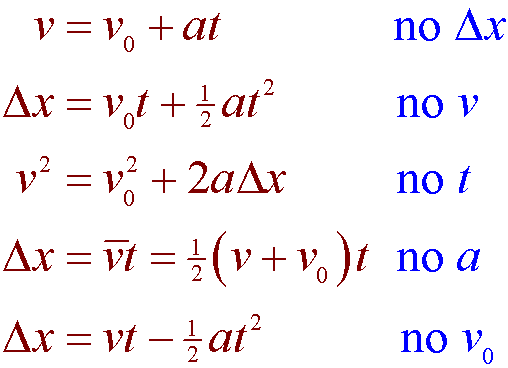Ideal Final Velocity Equation

Final Velocity Formula Where V f is the final velocity V i is the initial velocity a is the acceleration t is the time.
Final velocity equation. And the symbol v stands for the velocity of the object. Final velocity v of an object equals initial velocity u of that object plus acceleration a of the object times the elapsed time t from u to v. M1V1M2V2 Where m1 is the mass of object 1 V1 is the change in velocity of object 1.
Velocity formula displacement time Displacement final position initial position or change in position Time taken to cover the distance. Now lets take some values to understand the formula clearly. So if we can find the initial potential energy we can find the final kinetic energy and use that to find the masss final velocity.
Find the free fall distance using the equation s. Final Velocity v time taken t distance travelled or displacement s acceleration a. The formula for spring potential energy is.
This equation applies to objects in uniform acceleration. Velocity v can be calculated via v gt where g represents the acceleration due to gravity and t represents time in free fall. Calculate the final free fall speed just before hitting the ground with the formula v v₀ gt 0 980665 8 7845 ms.
In this lesson he explains how to cal. The following formula is used in the conservation of momentum of two objects undergoing an inelastic collision. Furthermore the distance traveled by a falling object d is calculated via d 05gt2.
Velocity acceleration and distance. Determine the objects original velocity by dividing the time it took for the object to travel a given distance by the total distance. V210035 286 v2 10035 286 Take the square root of the number on the left side of the equation to find the velocity.













